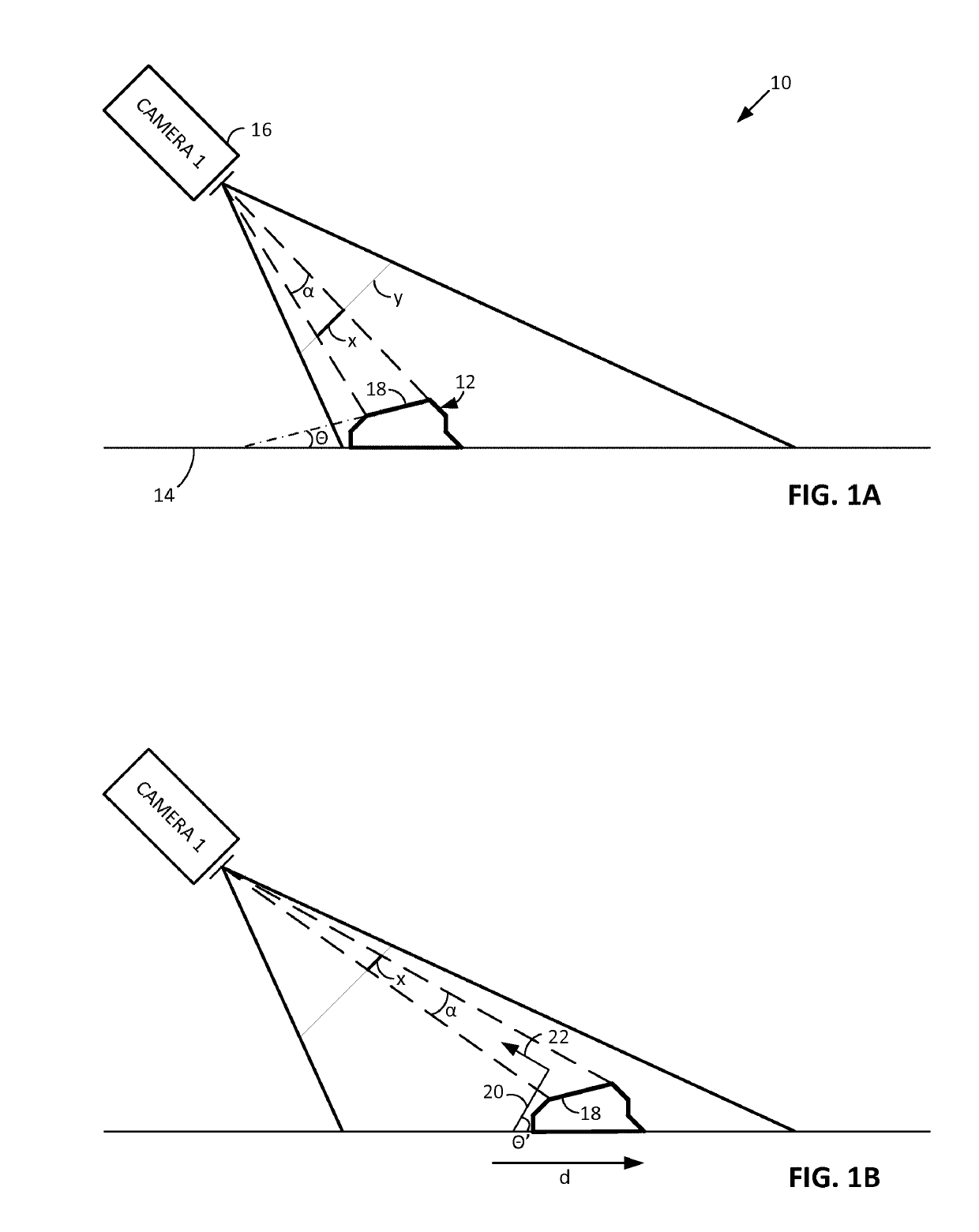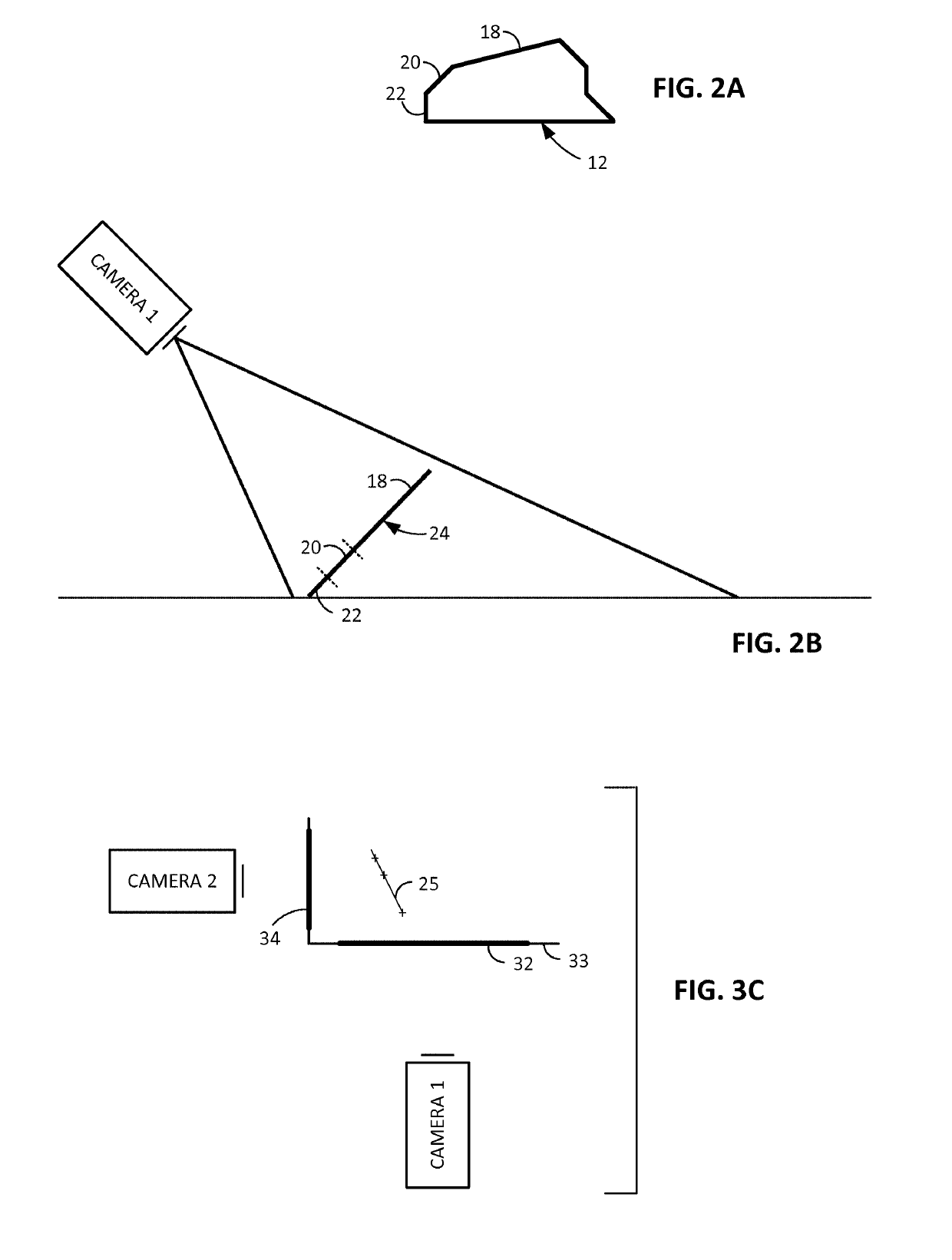Methods and arrangements for identifying objects
a technology for identifying objects and objects, applied in static indicating devices, instruments, electromagnetic radiation sensing, etc., can solve the problems of added costs for retailers, inconvenience for shoppers, and difficulty in finding a barcode on a package, so as to increase the speed and accuracy of check-out.
- Summary
- Abstract
- Description
- Claims
- Application Information
AI Technical Summary
Benefits of technology
Problems solved by technology
Method used
Image
Examples
Embodiment Construction
[0067]The present technology has broad applicability, but necessarily is described by reference to a limited number of embodiments and applications. The reader should understand that the technology can be employed in various other forms—many quite different than the arrangements detailed in the following discussion.
[0068]In accordance with one particular aspect, the present technology concerns a method for identifying items, e.g., by a supermarket checkout system. A first such method involves moving an item to be purchased along a path, such as by a conveyor. A first camera arrangement captures first 2D image data depicting the item when the item is at a first position along the path. Second 2D image data is captured when the item is at a second position along the path. A programmed computer, or other device, processes the captured image data—in conjunction with geometrical information about the path and the camera—to discern 3D spatial orientation information for a first patch on t...
PUM
 Login to View More
Login to View More Abstract
Description
Claims
Application Information
 Login to View More
Login to View More - R&D
- Intellectual Property
- Life Sciences
- Materials
- Tech Scout
- Unparalleled Data Quality
- Higher Quality Content
- 60% Fewer Hallucinations
Browse by: Latest US Patents, China's latest patents, Technical Efficacy Thesaurus, Application Domain, Technology Topic, Popular Technical Reports.
© 2025 PatSnap. All rights reserved.Legal|Privacy policy|Modern Slavery Act Transparency Statement|Sitemap|About US| Contact US: help@patsnap.com



